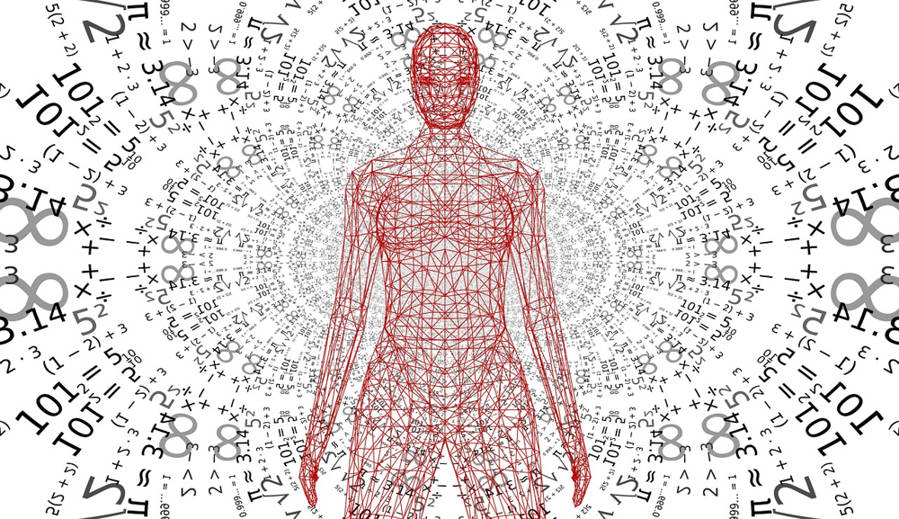
British and Spanish scientists designed a simulation device that allows rats to experience “Avatar” and establish interactive communication with humans.
In the sci-fi film “Avatar”, the human body, through genetic modification, could easily become substituted for a person of an alien race. Currently, a team of computer scientists are to transform science fiction into reality using rats as experimental objects.
The University College London and the University Of Barcelona (Spain) organized teams to use mobile tracking software systems, cameras, and laptops, as well as virtual reality helmets, while the rats were placed in a fenced area.
In order to make the avatar-like interaction with rats a reality, a person is wearing the virtual reality helmet, enabling one to see a virtual room.
A camera equipped with tracking software can detect the human movement conditions and replicate them in the virtual room. During this time period, another camera tracks the experimental rats, enabling the human user to see “another person” in the virtual room – actually a rat “Avatar” stand-in.
When the rat is moving, it becomes a real-life version of “Avatar” and the tracking software is able to find the mouse’s location in the fenced area, as well as the direction in which it is facing, which are copied in the virtual room. Therefore, human users will see a man running around in the room, facing the direction consistent with that of the rat.
As far as the rat is concerned, it appears to be interacting with a robotic hockey puck coated with jam and luring it to run around inside the fence. When a person in the room is moving around (virtually and in reality), the movement can be copied by the robot.
To better understand how the avatar-like experiment worked, watch the video below: